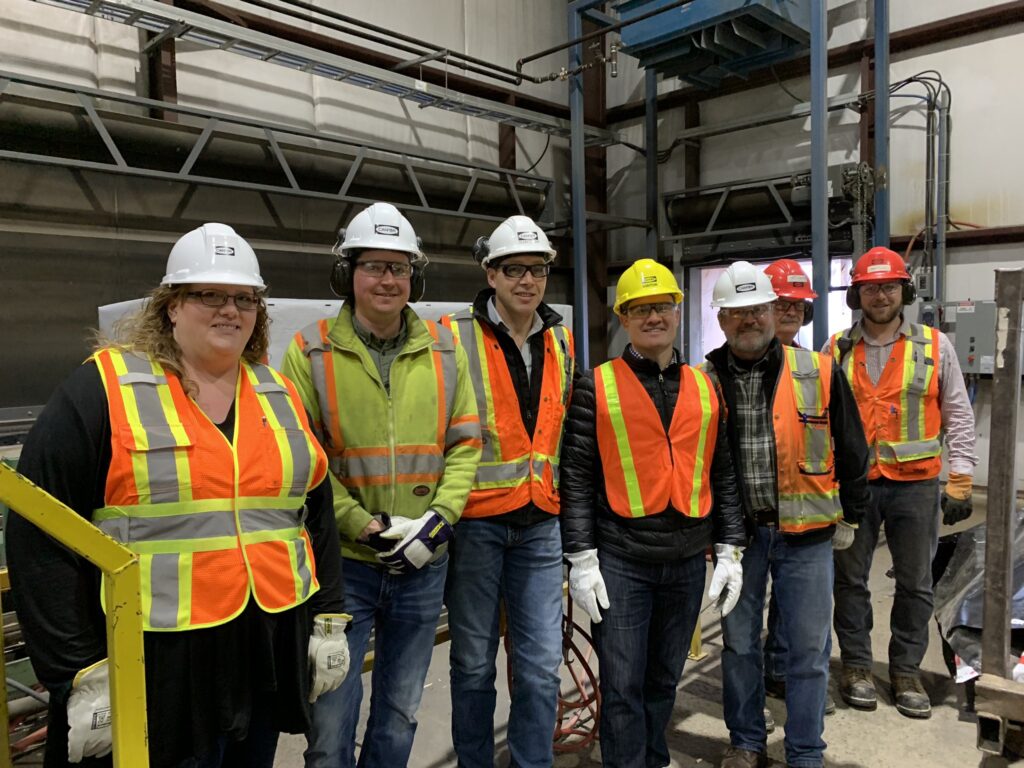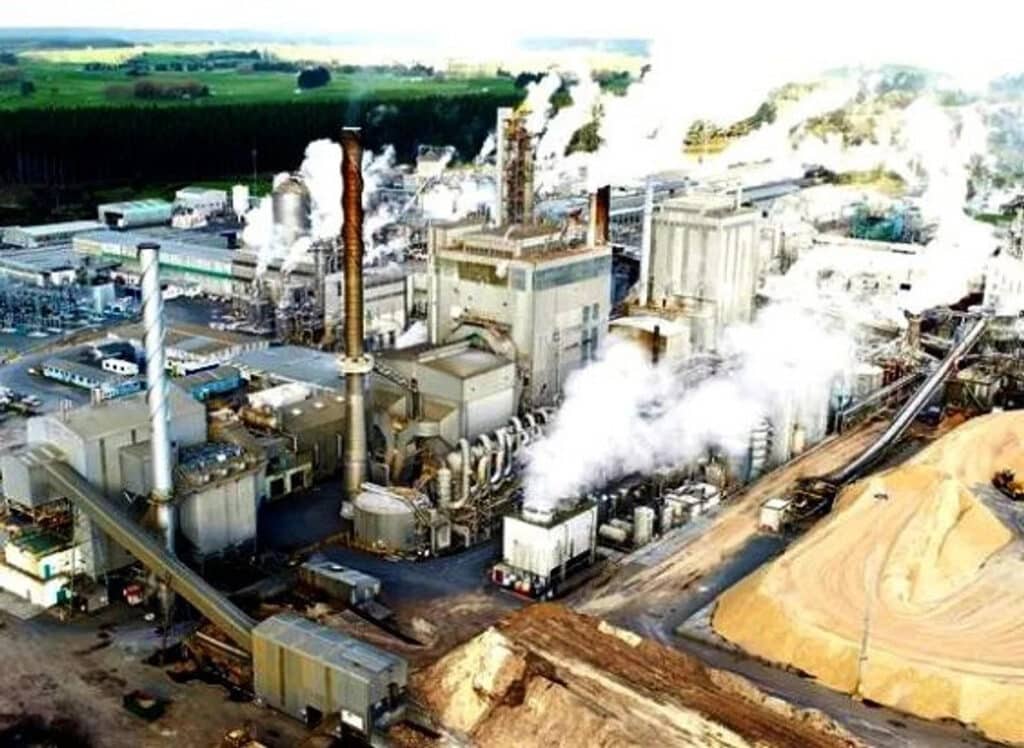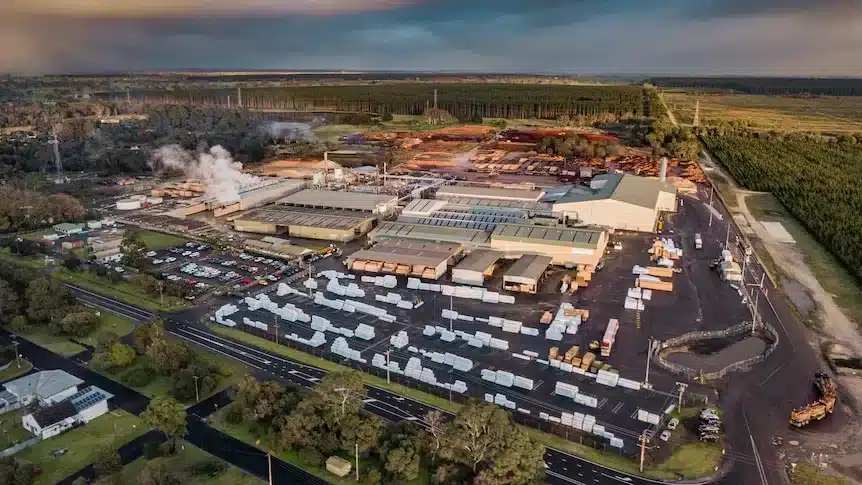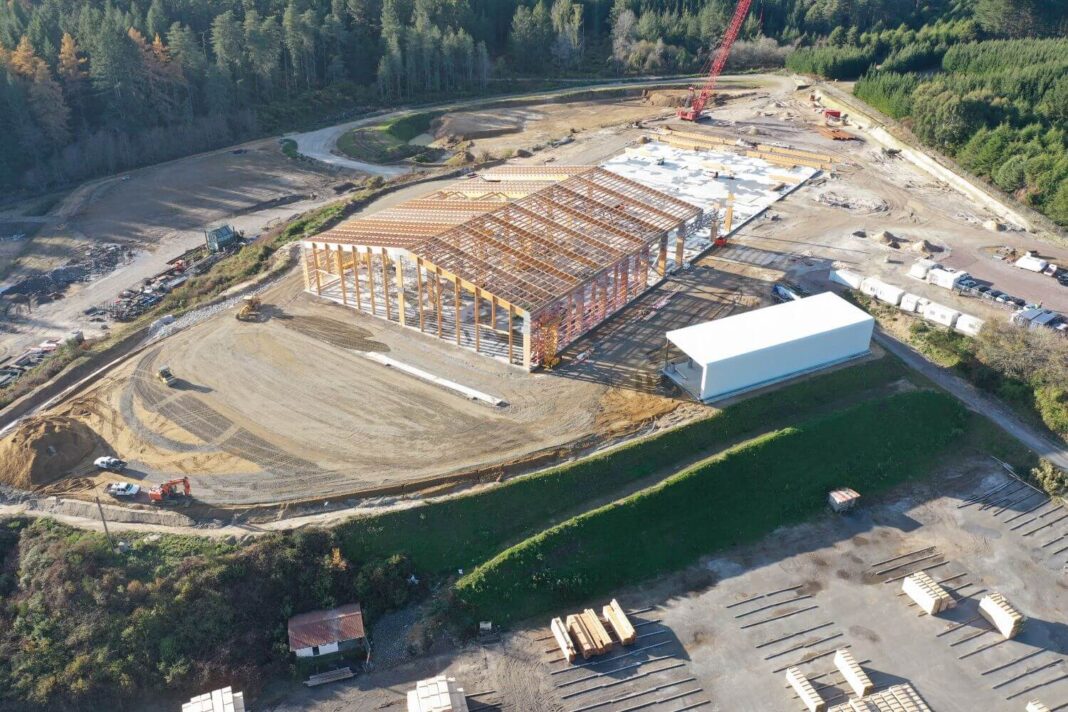Global forest markets are rapidly transitioning, with industry shifting from ‘high volume to high value’ production.
On Monday, Wood Central reported that Canfor ended months of speculation by announcing its investment in a state-of-the-art sawmill that produces high-value products to withstand market downturns.
Significantly, Wood Central understands that the new mill will produce about two-thirds of what the previous mill made — and will be flexible enough to manufacture different wood products based on market demands.
The push to flexible production comes amid a crash in the global pulp and paper markets, leading the world’s largest forest companies to write off significant financial losses.

It provides integrated forest companies with the greatest opportunity to de-risk investment using AI and automation to improve economies of scale.
With demand for timber expected to quadruple by 2050, governments are now looking to retrofit ‘legacy’ sawmills to produce higher-value wood products.
Speaking at a Resources Minister breakfast yesterday, British Columbia’s Resources Minister, Bruce Ralston, said of the importance of supporting small and medium-sized manufacturers in the transition.
In February 2023, the province unveiled its CA $180m “BC Manufacturing Jobs Fund,” which helps “manufacturing companies modernise, innovate, and grow by funding capital projects in all regions.”
Under the program, “there is a strong focus on helping the forestry sector retrofit and develop new, sustainable value-added business lines that reduce dependency on old-growth logging and make innovative use of biomaterials,” Minister Ralston said.
Meanwhile, in New Zealand, the Government unveiled its ‘Forestry and Wood Processing Industry Transformation’ policy last year – which has allocated NZ $57 million for industry capacity building.
Like in Canada, the NZ plan aims to create a higher value and resilient forestry and wood processing sector to underpin our low emissions future.
Last month, NZ Forestry Minister Peeni Henare announced that it would partly support the upgrade of the Oji Fibre Solutions Kinleith Mill under the new policy.
The upgrade, which includes the development of a ‘Bio Hub’ and the construction of a new mass-timber manufacturing facility, will support 200 additional jobs, generate more than NZ $566 million in GDP and reduce emissions by 65,000 tonnes of CO2.

According to the Government, it will create a sustainable pathway for investment and develop a regional bioeconomy cluster that supports the growing demand for products derived from wood fibre.
NZ Minister Heenare said, at the time, “The government wants to see more logs processed onshore, help move our forestry sector from volume to value, lift our economic performance and resilience and create high-wage jobs in our regions.”
Likewise, Australia is also looking to maximise timber utilisation and improve product value.
In April 2023, Agriculture Minister Murray Watt awarded AU $108 million to 34 different Australian forest product companies as part of the Accelerate Adoption of Wood Processing Innovation Program.
According to Minister Watt, “the grants are about creating more long-term jobs in the forestry sector.”
According to Joel Fitzgibbon, the grants allow processors and manufacturers “to pivot and make the most of the opportunities emerging from the national and global boom in demand for sustainably sourced timber and wood fibre products.”

For Dr Anthony Hoete, the challenge is to improve domestic capacity and invest in onshore manufacturing.
He said small advanced economies like Singapore and Sweden “invest ten times more than New Zealand in innovation to overcome the barriers of size and distance.”
Dr Hōete’s design and research have played a key role in advancing New Zealand and Māori architecture worldwide.
According to Dr Hōete, Aotearoa, New Zealand, enjoys one of the world’s most extensive and productive man-forests but falls short in adding value to the resource.
“These days, the problem isn’t that we have a shortage of logs, Dr Hōete says. “It’s that we’re not turning them into lumber.”
“Lumber is a log with the added value from primary processing, while logs are a raw product with no added value.”
Instead, Dr Hōete supports investment in the onshore production of mass timber products, which could provide a much-needed solution to the housing crisis.
“Housing doesn’t need to be a smorgasbord of materiality as it currently often is,” he said. “It could be timber-centric instead.”
“We could build not with ‘sticks’ (stud work) but with solid timber panels fabricated off-site using digital computer numerically controlled (CNC) techniques,” he said.
“Processing more timber onshore will impact the housing supply while creating jobs to support regional communities and would reinforce our commitment to a net-zero carbon future.”






